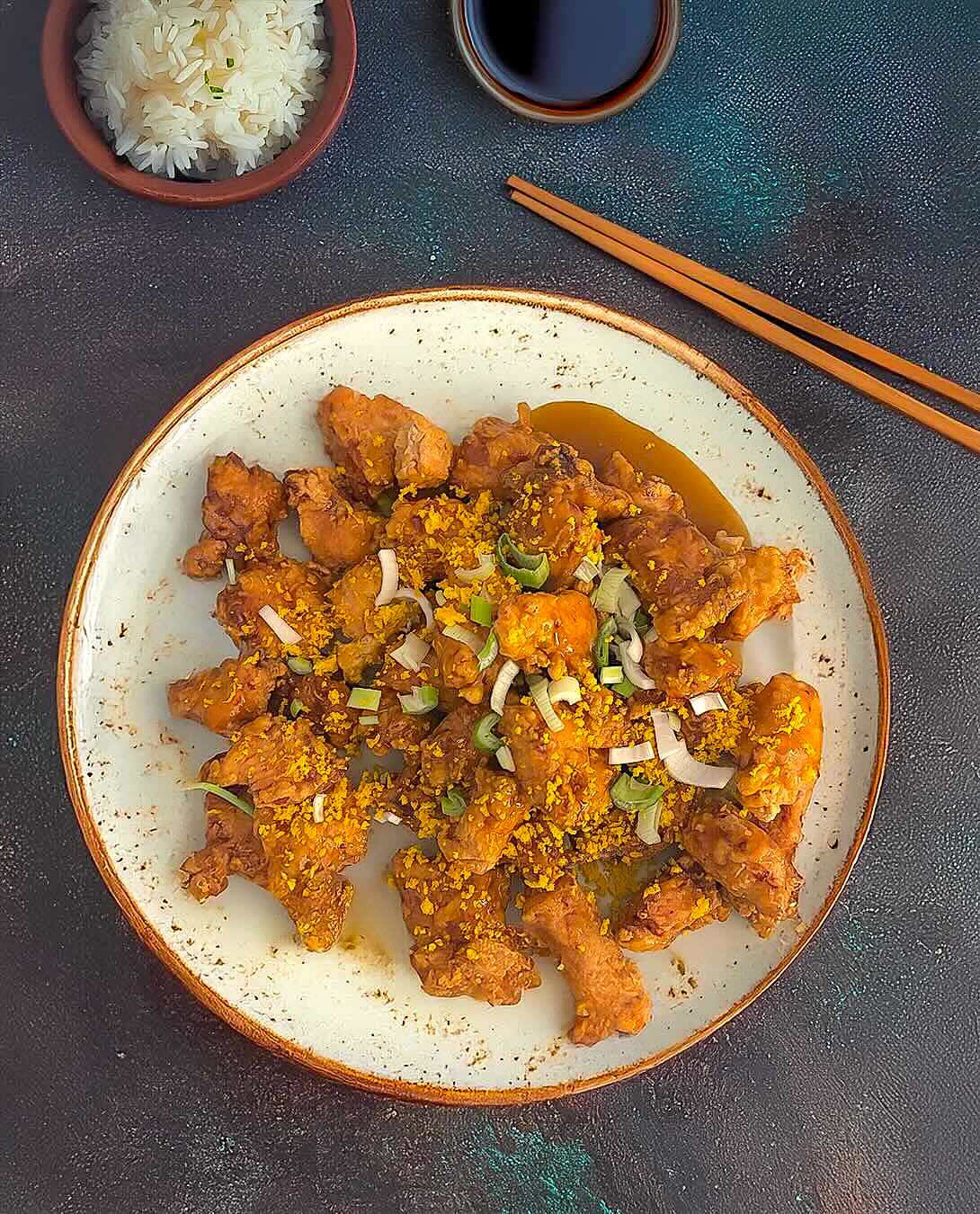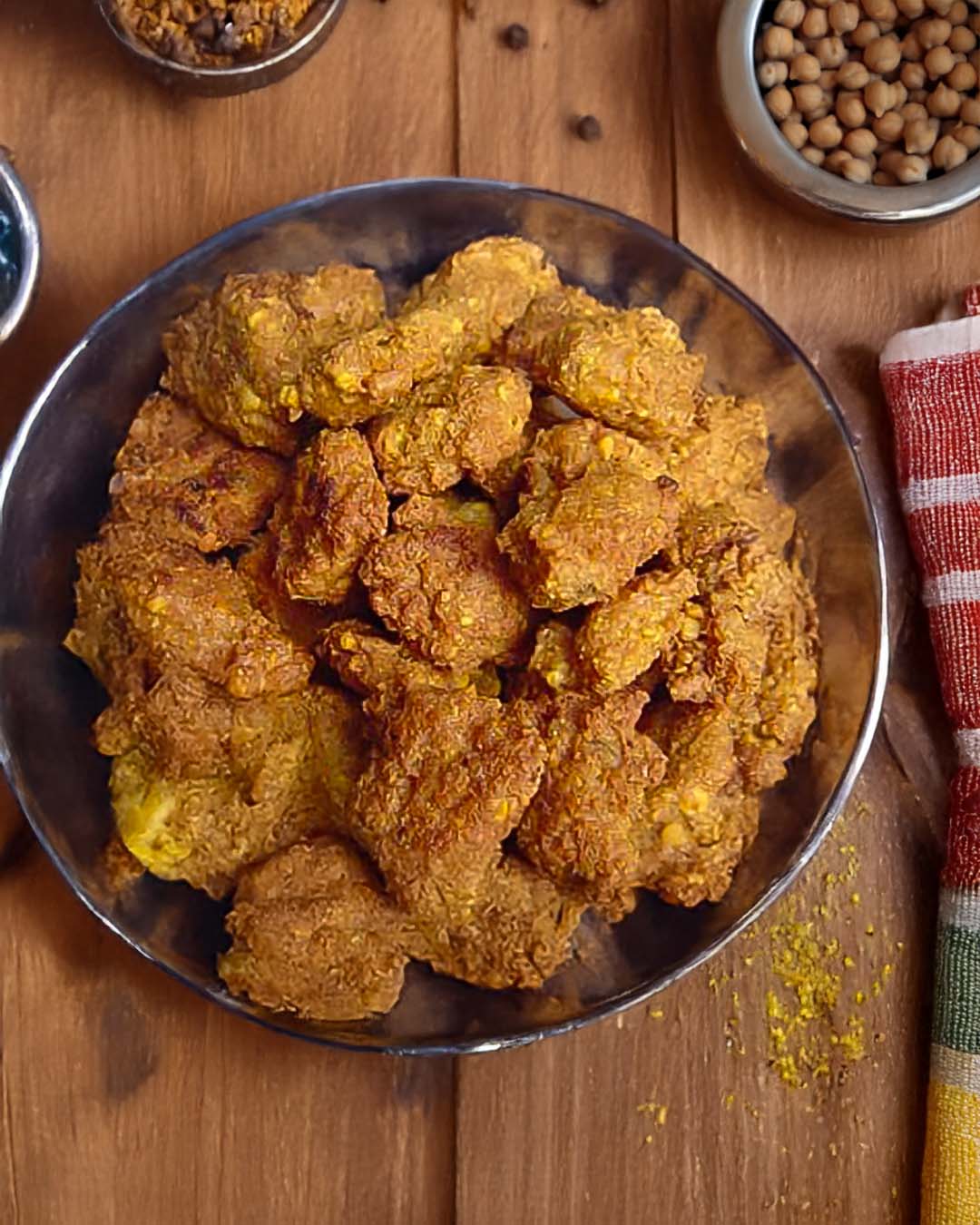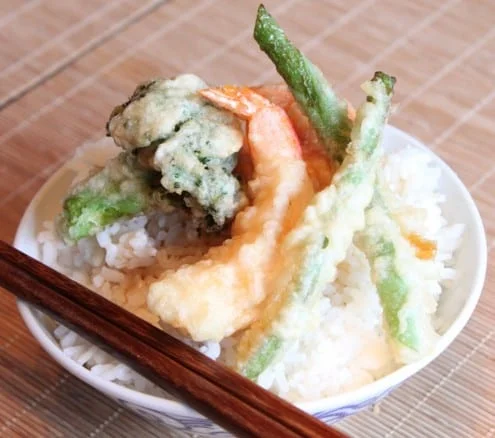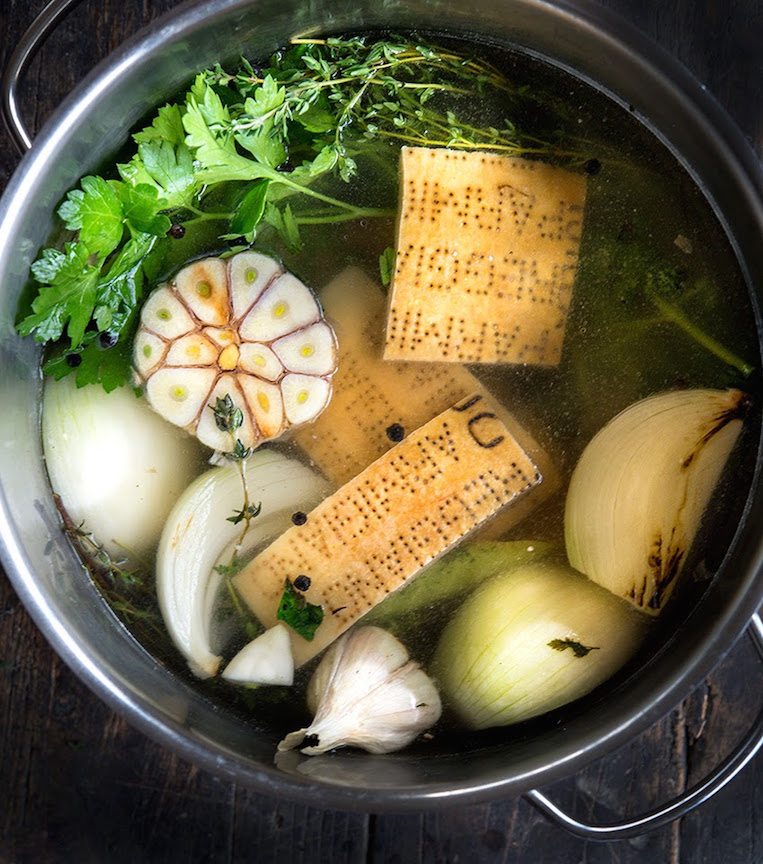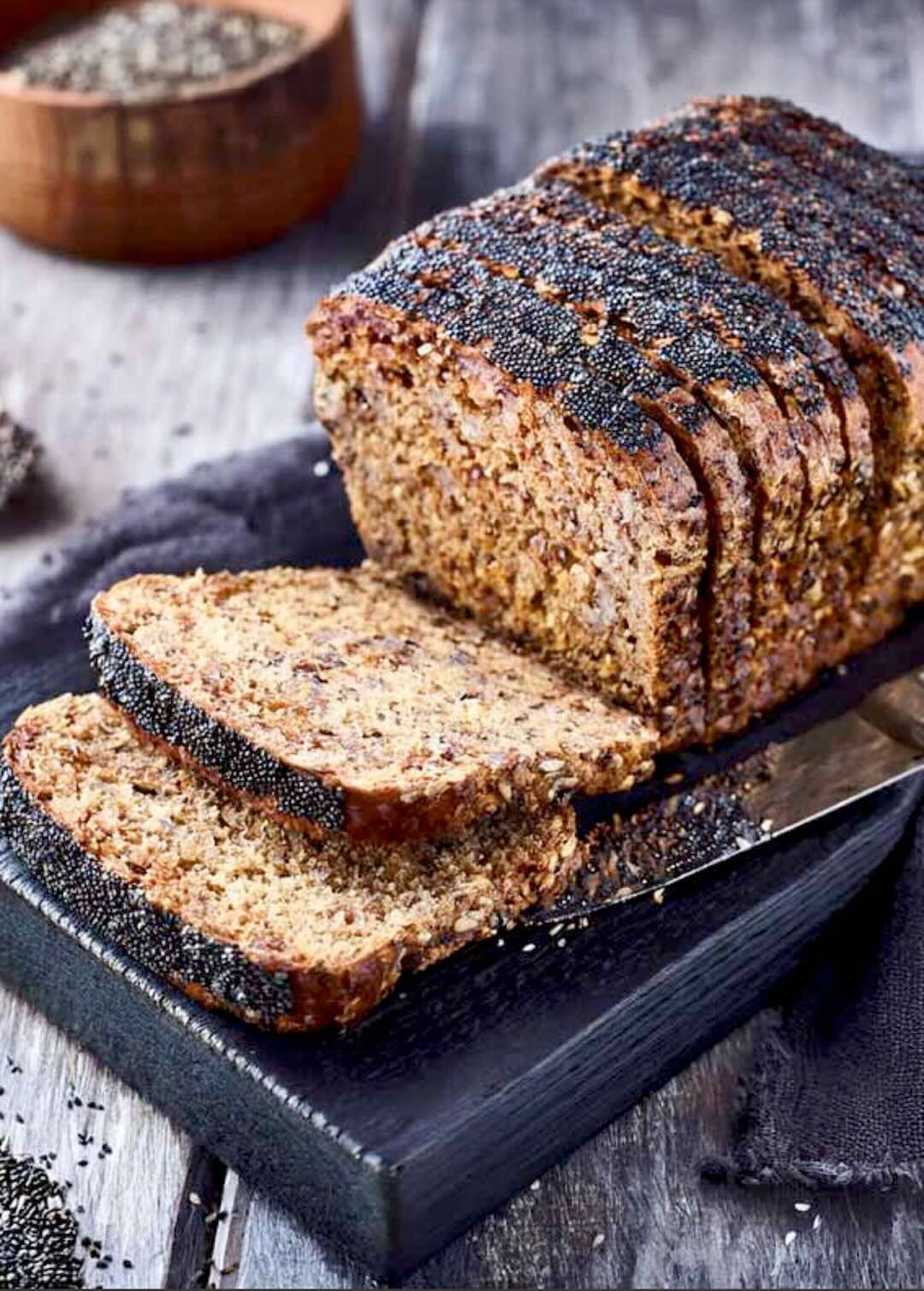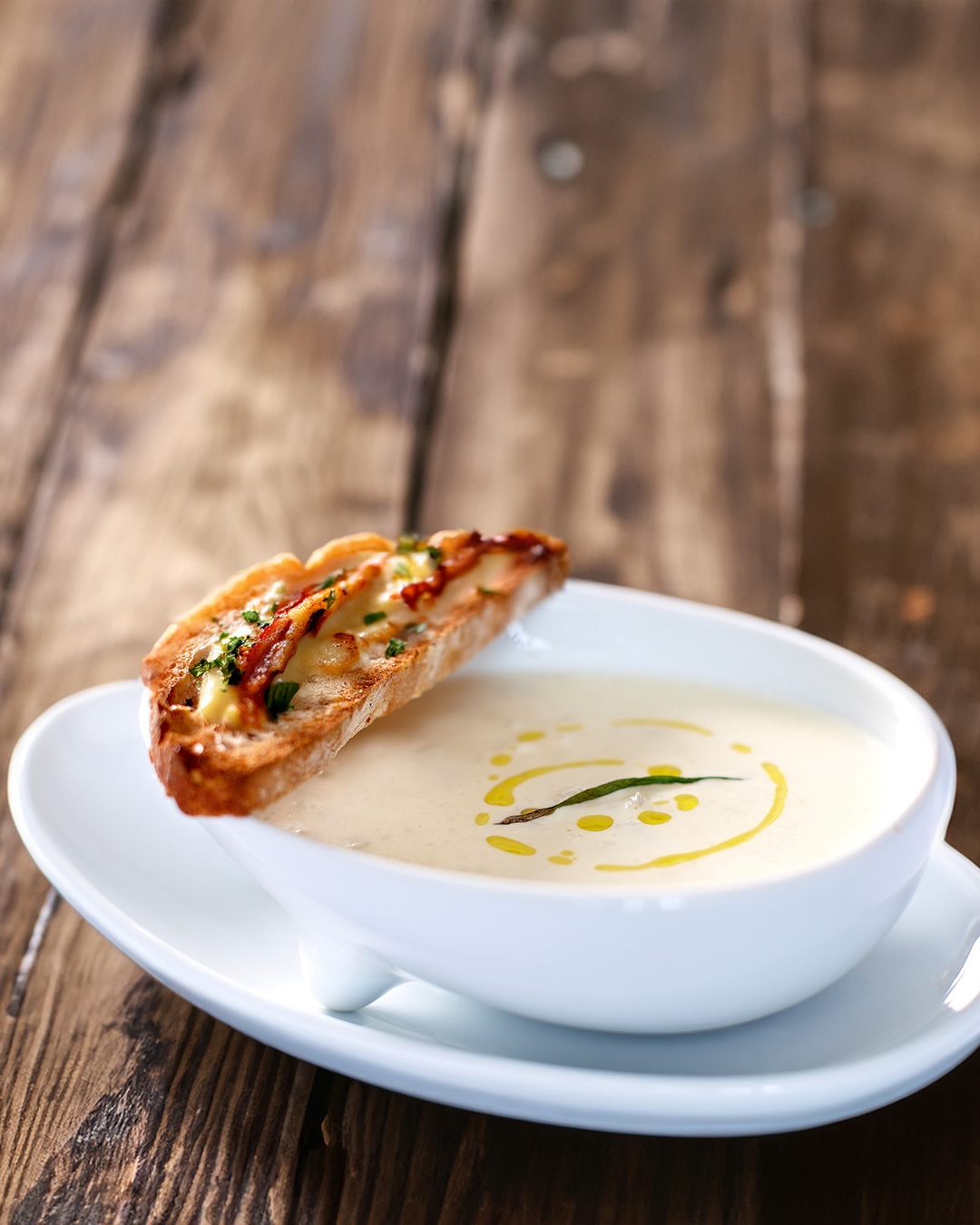Kelsey Hilts serves up an airy portion of seafood and vegetable tempura.
By Kelsey Hilts
Tempura is a popular Japanese dish consisting of battered and fried seafood and vegetables. It is light and lacy, different than the typical heavily-fried items we find in the states.
My first encounter with tempura was about twelve years ago when I had the opportunity to stay with a family in Tokyo for a couple of weeks. I can still picture the little noodle shop just outside of Tokyo where I first tried sweet potato tempura (my favorite!). When my trip was over, my host family gave me a cookbook. I tried several things from that book but I always skipped over the tempura. There was something intimidating about making it at home.
A few years later, a friend who I met during my stay in Japan sent me a Japanese cookbook with sticky notes on her family’s favorites. Her inspiring gift gave me the motivation to finally try making tempura. And I’m so glad that I did because I discovered that making tempura is not as difficult as I had expected.
The batter itself is simple to make (or you can even buy tempura batter mix). But I did find from research and experience that there are some must-follow tips to get authentic results. It is critical not to over-mix the batter, leaving it lumpy, so that the tempura is light, fluffy and crisp. It is also important to keep the batter cold while frying the meat and veggies so that the tempura does not become soggy. And finally, I learned that thinly-cut fish and vegetables (especially critical with veggies like sweet potatoes) yield better results because thin pieces are able to cook all the way through in the short time that they are fried.
I knew that the time was right to make tempura when I read the introduction to the recipe: theshrewd housewife would serve (tempura) to lure her family into eating vegetables. As a mother, I can now relate to this and it seemed to fit perfectly with what I’m trying to do withitsybitsyfoodies. I love that the veggies and seafood in tempura are still recognizable so it is a way of disguising healthy foods by making them taste good, allowing kids to appreciate the taste in a unique presentation, without simply hiding them in a dish.
You can use the seafood and veggies of your choice. Sweet potatoes, carrots, green beans, shrimp and fish, among others, are traditionally popular choices but broccoli, asparagus, specialty sushis and other non-traditional tempura items are becoming en vogue. Serve a plate of tempura with rice and dipping sauce on the side, or place pieces of tempura over a bowl of rice, all drizzled with sauce, to make tempura donburi.
PrintSeafood and Vegetable Tempura
- Total Time: 45 minutes
Description
Kelsey Hilts serves up an airy portion of seafood and vegetable tempura.
Ingredients
Tempura batter
- 1 egg yolk
- 2 cups ice water
- 1/8 tsp baking soda
- 1 2/3 cups flour, sifted
- Canola oil for deep-frying
Dipping sauce
- 1 cup dashi broth (fish stock)
- 3 Tbsp soy sauce
- 2 Tbsp sugar
- 1 Tbsp mirin (sweet cooking sake)
Items to be fried
- Shrimp
- Fish, sliced thinly
- Sweet potatoes or yams, cut in1/4-inch thick medallions
- Carrots, cut in 1/4-inch thick diagonals
- Broccoli
- Green beans
Instructions
- De-vein and peel the shrimp, removing all of the shell except for the last part with the tail.
- Slice off the tips of the tails, pressing out the liquid. (Any liquid will cause the oil to sputter while frying.)
- Make three short slits across the belly of the peeled shrimp and open the cuts with your hands to straighten the body. (This will prevent the shrimp from curling as it cooks.)
- Peel the sweet potato and cut it into 1/4-inch thick medallions. Soak the medallions in water for 5 minutes to remove the bitterness. Dry the medallions thoroughly.
- Prepare the dipping sauce by mixing the fish stock, soy sauce, sugar and mirin in a saucepan. Bring the sauce to a boil and then let it simmer for a couple of minutes.
- Remove the sauce from the heat and let it cool to room temperature.
- Prepare the batter by mixing the egg yolk with the ice-cold water. Mix the baking soda with the sifted flour.
- Add the flour mixture to the egg yolk and water, quickly and lightly stirring it until it is just blended, being careful not to over-mix it. The batter should be runny and lumpy.
- Place the bowl of batter in an ice water bath to keep it cold while you are frying the tempura.
- Heat the oil in a large pan or a wok. For vegetables, the oil should be 320 degrees; for seafood it should be 340 degrees. It is more difficult to maintain a steady temperature and produce consistent tempura if you don’t have a thermometer, but it can be done. You can test the oil by dropping a piece of batter into the hot oil. If it sinks a little bit and then immediately rises to the top, the oil is ready.
- Start with the vegetables, such as sweet potatoes, that won’t leave a strong odor in the oil. Dip them in a shallow bowl of flour to lightly coat them and then dip them into the batter. Slide them into the hot oil, deep frying only a couple of pieces at a time so that the temperature of the oil does not drop.
- Place finished tempura pieces on a wire rack so that excess oil can drip off. Continue frying the other items, frequently scooping out any bits of batter to keep the oil clean and prevent the oil (and the remaining tempura) from getting a burned flavor.
- Serve the tempura immediately. It is best when it is crispy and piping hot.
Notes
If you are doing a large batch of tempura you may need to change the oil during the process because the oil can turn dark and start to get a strong flavor which transfers to the tempura when it is over-heated, filled with burned bits of batter or simply over-used.
- Prep Time: 30 mins
- Cook Time: 15 mins




